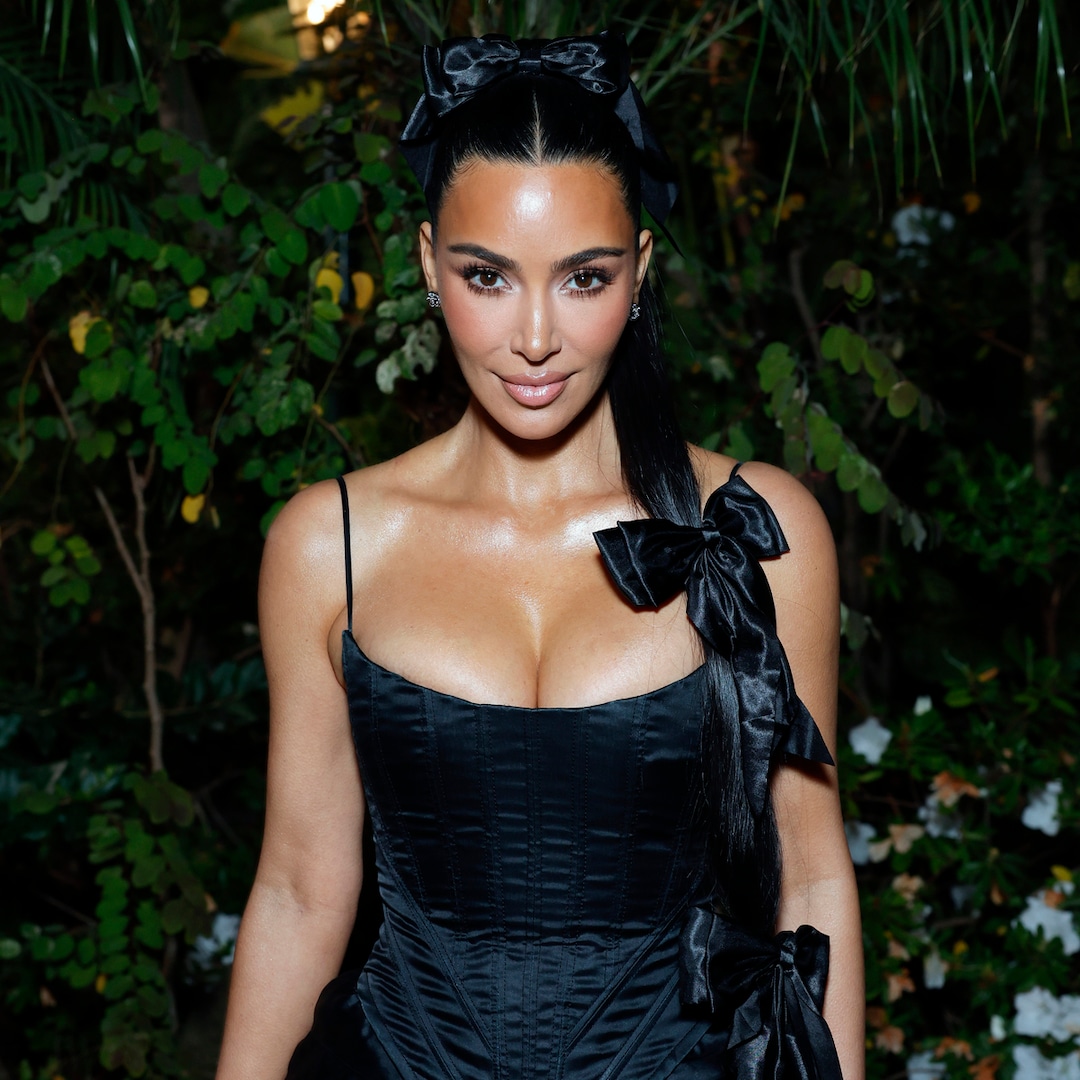Serie A’s Biggest Transfer Flops and Successes
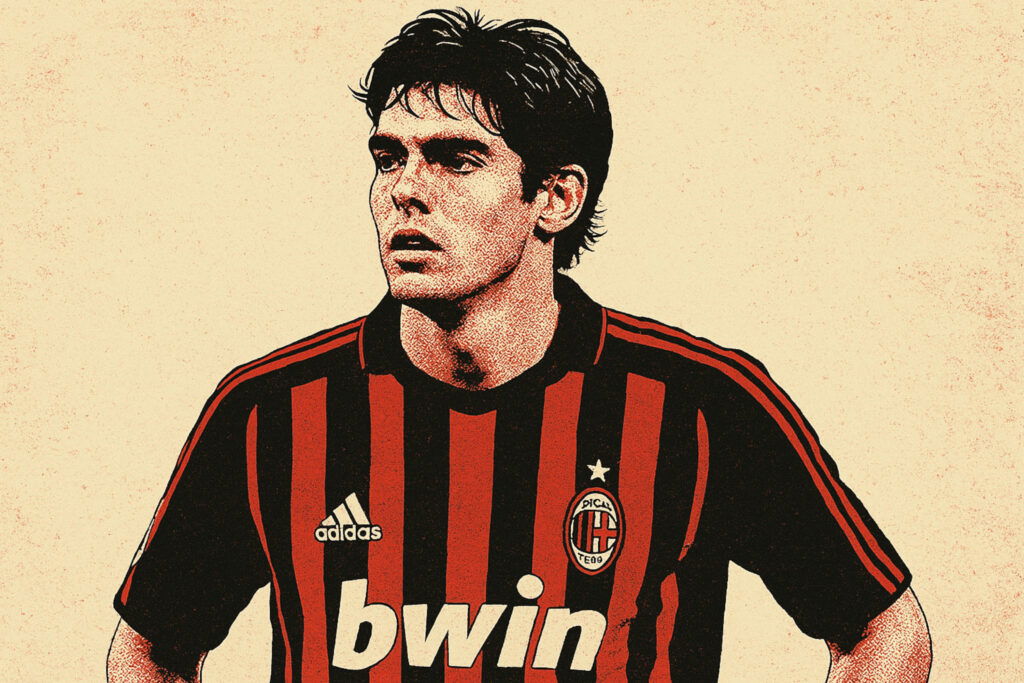
Serie A has long been a theatre for both shrewd signings and baffling blunders. While Italy’s top flight has seen masterstrokes that shaped title runs and defined eras, it has also endured high-profile misfires that left fans and directors questioning their judgment. This article looks at some of the league’s most memorable transfer successes and flops, assessing their impact and legacy.
Transfer Flops That Fell Flat
Gaizka Mendieta to Lazio (2001)
Fee: £29m from Valencia
Mendieta arrived with fanfare after shining for Valencia, particularly in European competition. However, he never settled in Rome and failed to reproduce the form that had made him one of the continent’s most sought-after midfielders. He lasted only one season before being loaned out, with Lazio never recovering the fee or expectations.
Ricardo Quaresma to Inter Milan (2008)
Fee: £16m from Porto
José Mourinho pushed for Quaresma’s signing, but the flashy winger struggled badly with Serie A’s tactical rigour. He failed to adapt, and his trademark flair was often counterproductive. He was even given the “Bidone d’Oro” award, Italy’s satirical honour for the worst signing of the year.
Juan Sebastián Verón to Inter Milan (2004)
Free transfer from Chelsea
Despite no transfer fee, Verón was expected to rekindle his Lazio form. What Inter got instead was a shadow of his former self, bogged down by injuries and inconsistency. While not disastrous financially, his presence rarely elevated the squad.
Kaká’s Return to AC Milan (2013)
Free transfer from Real Madrid
Kaká was a Ballon d’Or winner and a San Siro icon, but his return was steeped in nostalgia rather than forward planning. His physical decline was clear, and although his attitude was never in question, he could no longer influence matches the way fans remembered.
Andriy Shevchenko to AC Milan (2008, loan)
After a failed stint at Chelsea, Shevchenko’s return should have been a fairy tale. It was anything but. He went goalless in Serie A during his final season at Milan, a sobering reminder that football’s golden years rarely repeat.
Transfers That Hit the Mark
Zlatan Ibrahimovi? to AC Milan (2010 and 2020)
Fees: Loan from Barcelona (2010), Free transfer (2020)
Few players manage to transform a team twice. Ibrahimovi? did just that. His initial loan turned permanent and helped Milan win the Scudetto in 2011. A decade later, he returned at 38 and once again became a key figure, dragging a young side into title contention and Champions League qualification.
Andrea Pirlo to Juventus (2011)
Free transfer from AC Milan
One of the most lopsided deals in modern Italian football. Milan saw Pirlo as expendable; Juventus built a dynasty around him. His passing dictated tempo and strategy, helping the club win four consecutive league titles. A masterstroke in every sense.
Paul Pogba to Juventus (2012)
Free transfer from Manchester United
Another example of Juventus exploiting the market. Pogba developed into one of the world’s most dynamic midfielders in Turin, showcasing power, creativity, and flair. He eventually returned to United for a world-record fee, completing a textbook case of value creation.
Diego Milito to Inter Milan (2009)
Fee: £20m from Genoa
Milito delivered when it mattered most. His goals in the 2009-10 season were instrumental as Inter won the treble under Mourinho. His brace in the Champions League final against Bayern Munich sealed his legendary status.
Fabio Cannavaro to Parma (1995)
Fee: £3.5m from Napoli
Before becoming a World Cup winner and Ballon d’Or recipient, Cannavaro matured into a world-class defender at Parma. The fee was modest, but the long-term return was enormous. He helped Parma win the UEFA Cup and solidified their place among Italy’s elite.
Takeaway
Serie A’s transfer history is filled with both triumph and regret. Some moves reshaped club fortunes and carved legacies into Italian football folklore. Others, despite hefty fees or grand expectations, unravelled quickly under the weight of pressure or poor tactical fits.
In a league built on tactical discipline and footballing heritage, success often lies not just in talent, but in timing, adaptability, and context.





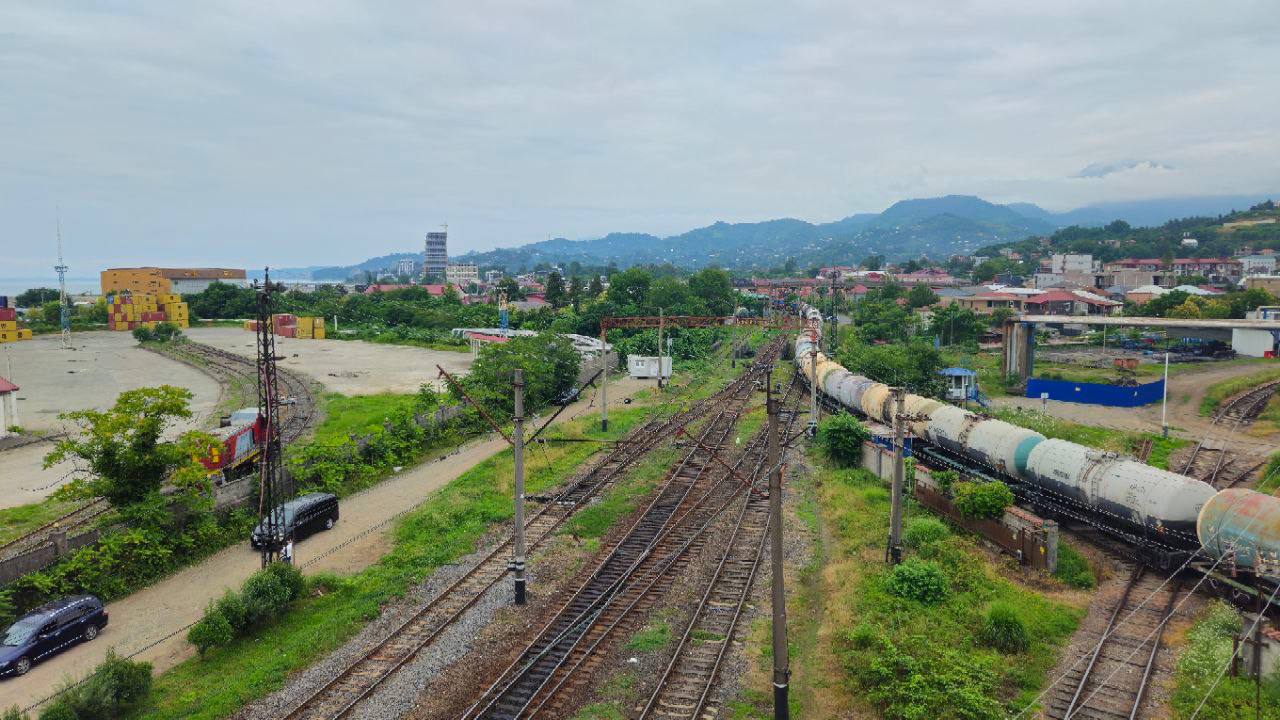
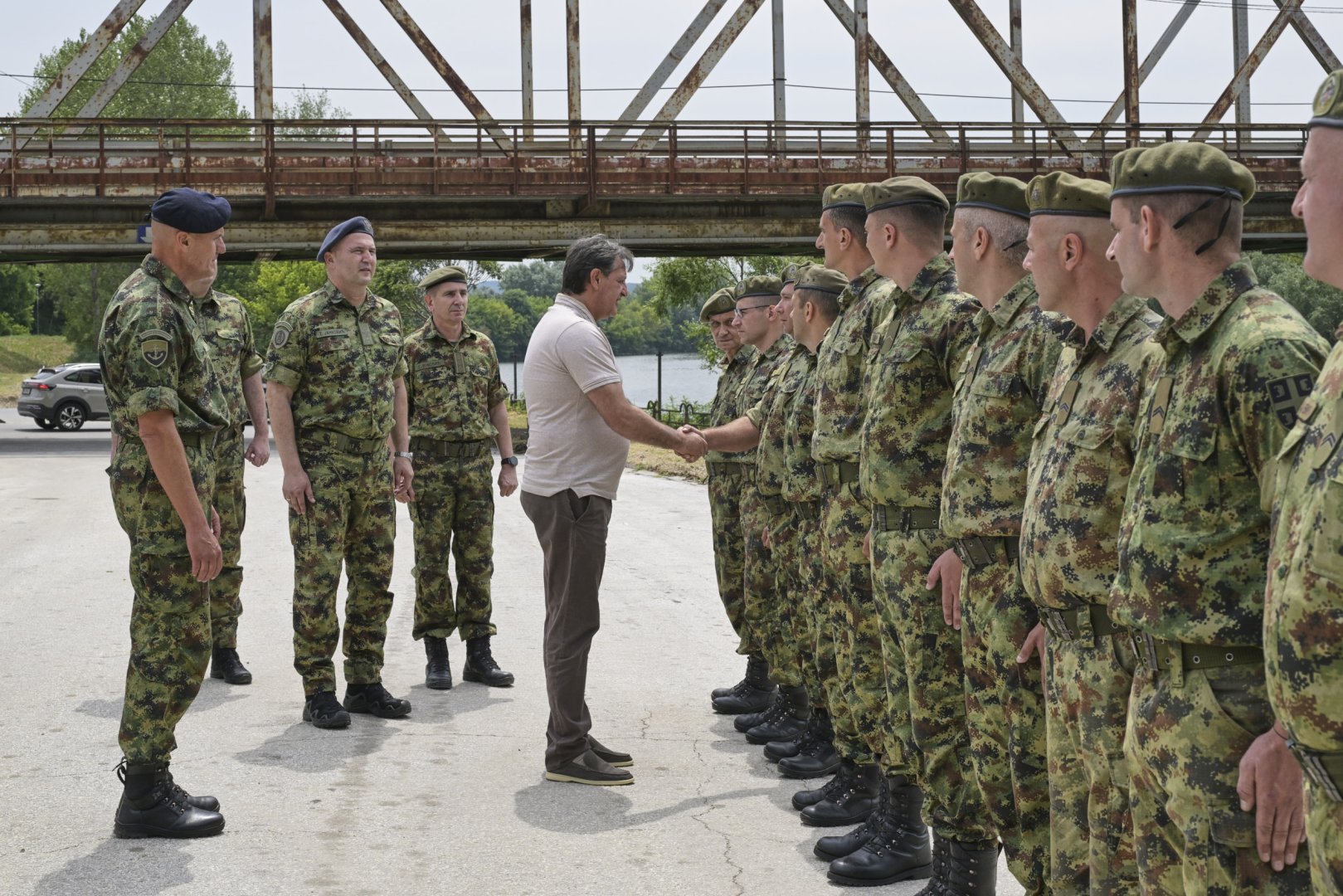
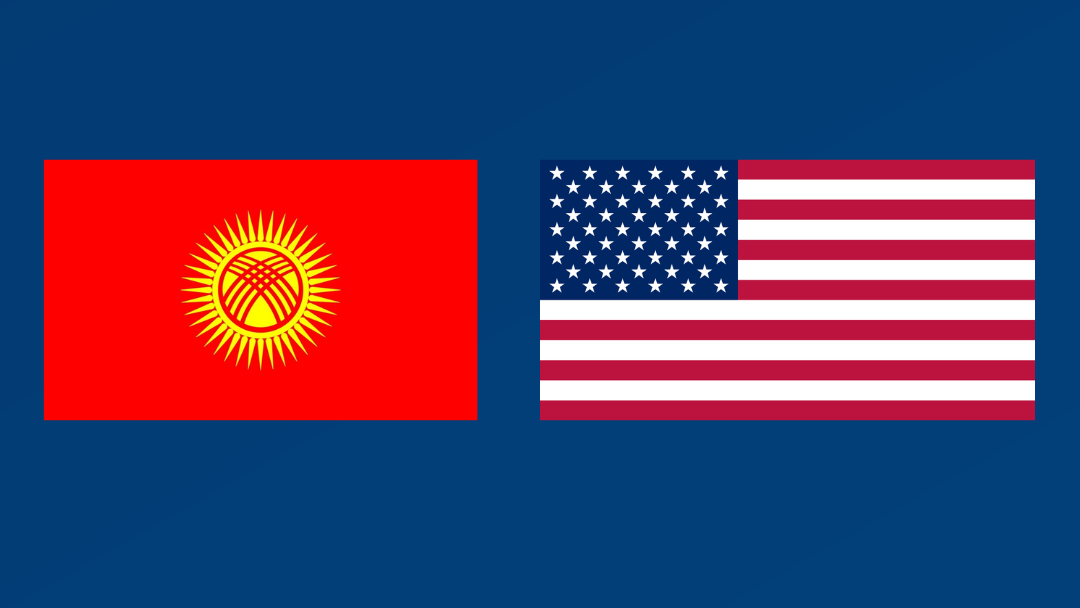
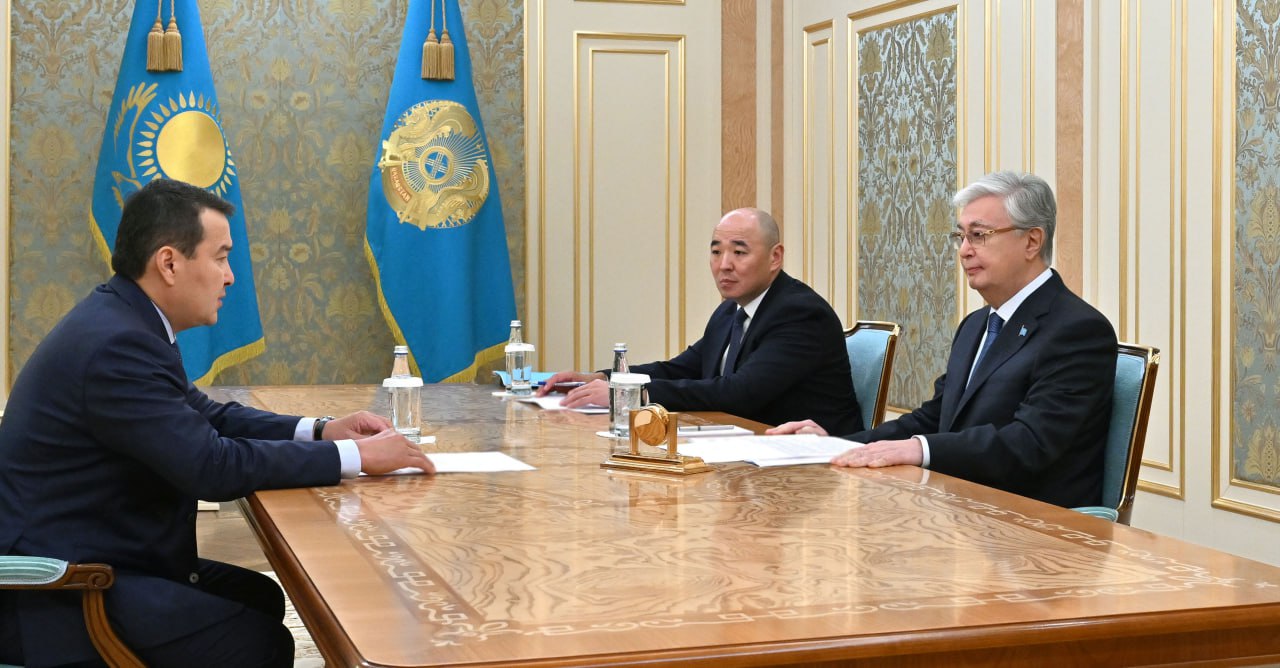










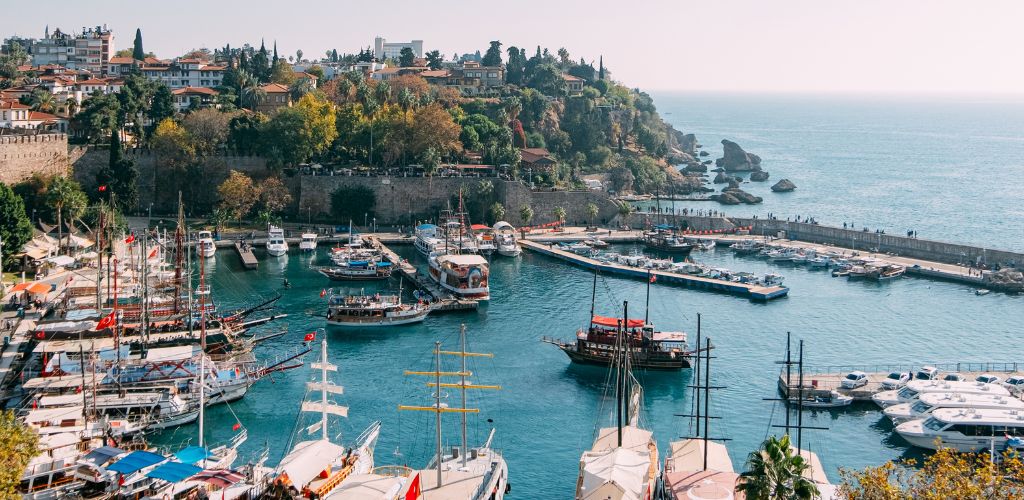
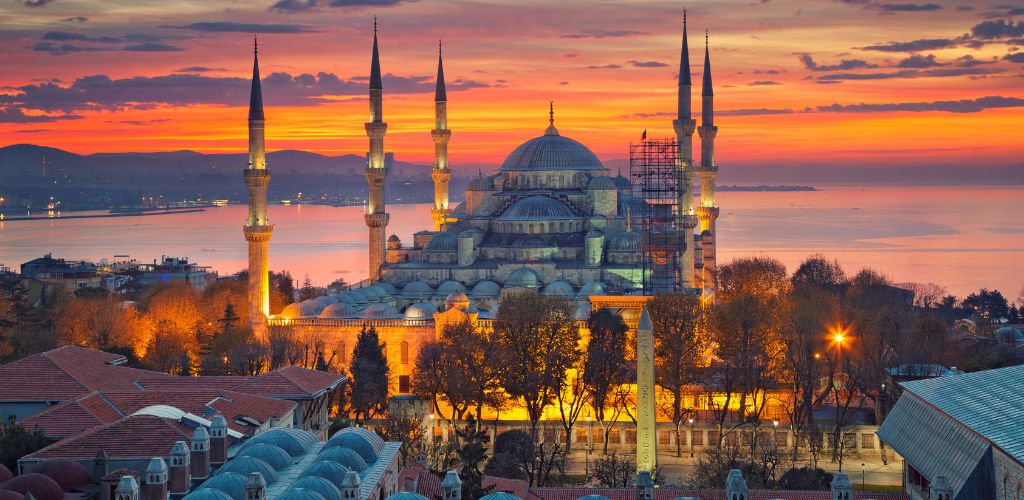
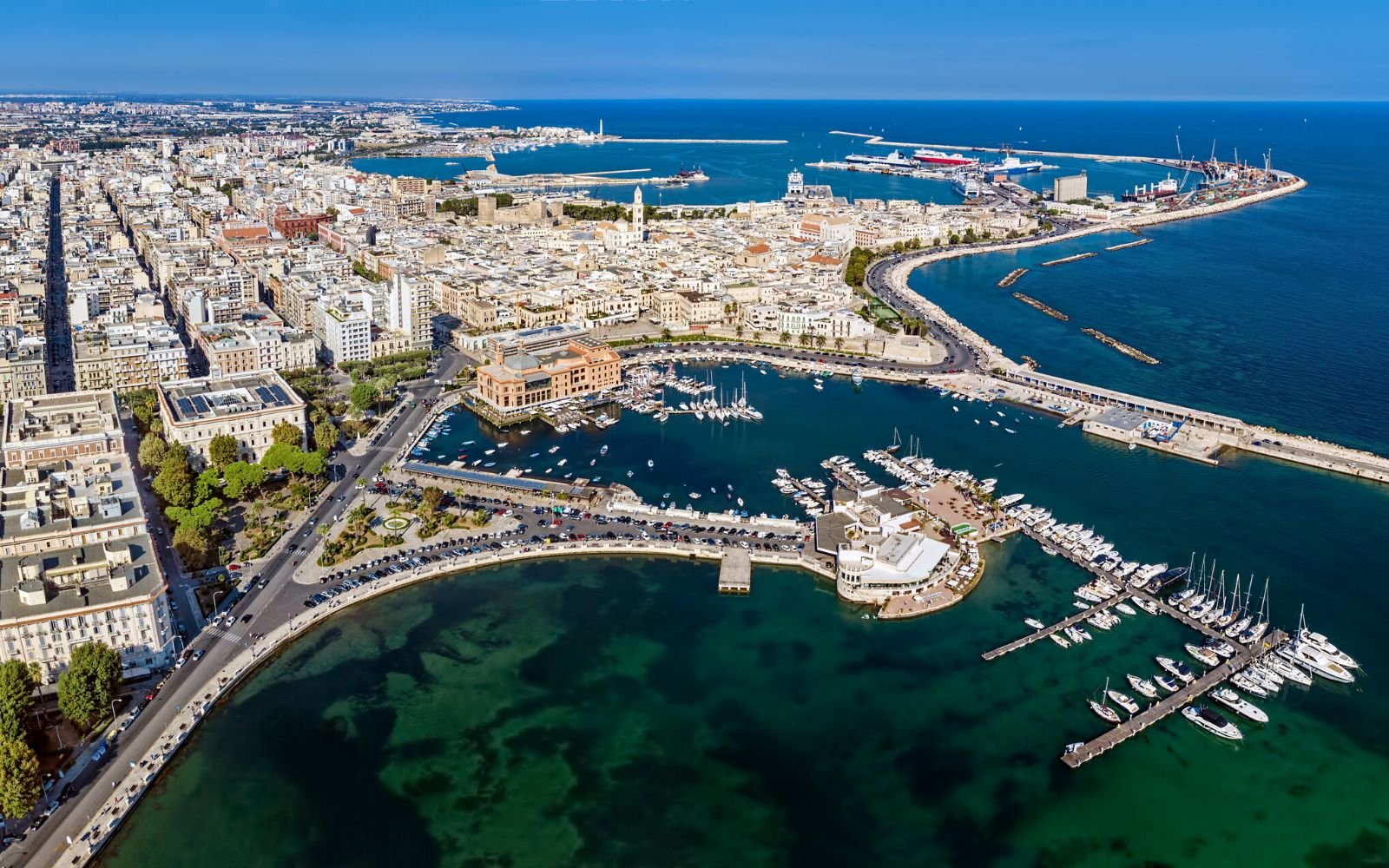
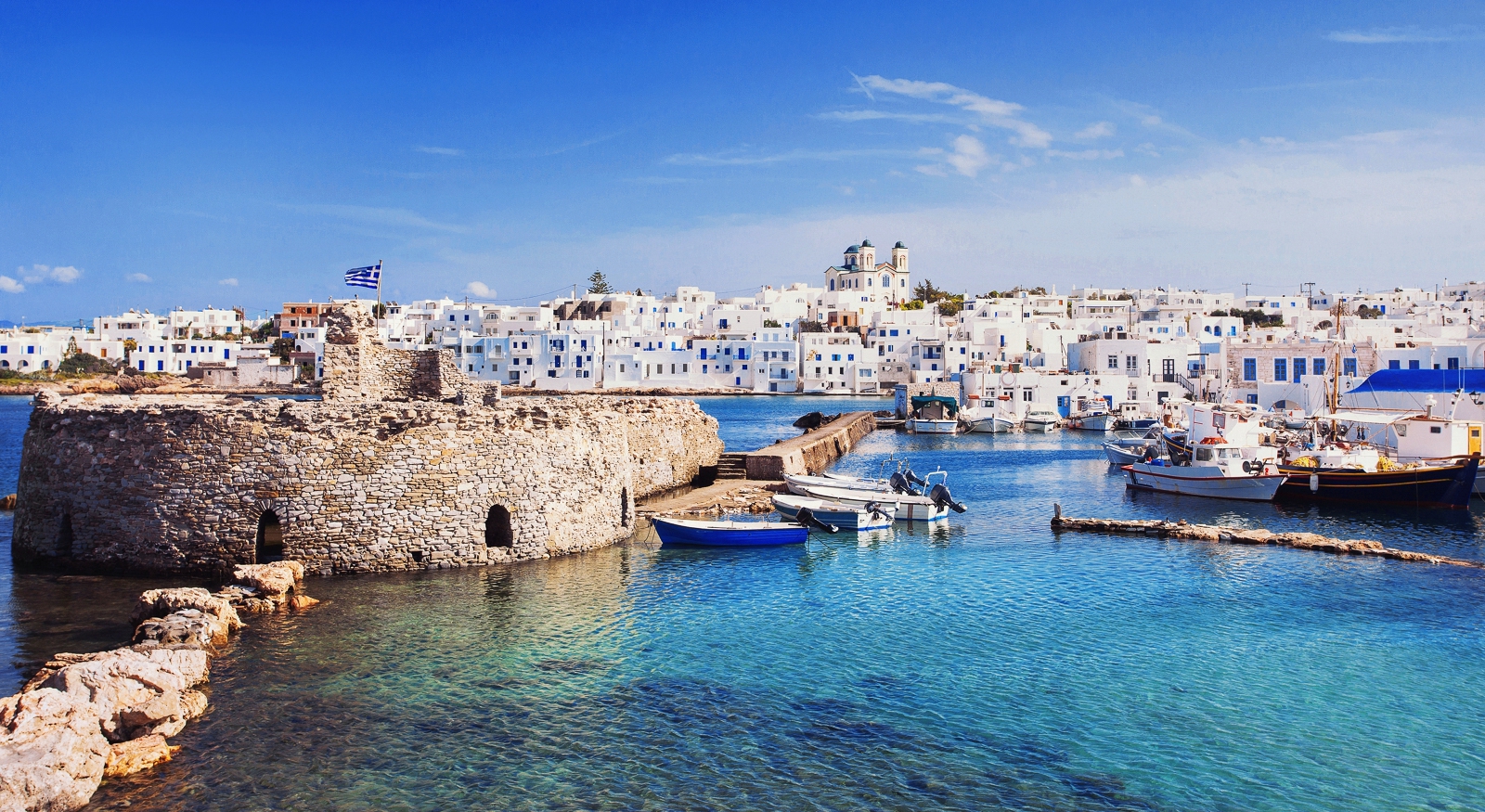







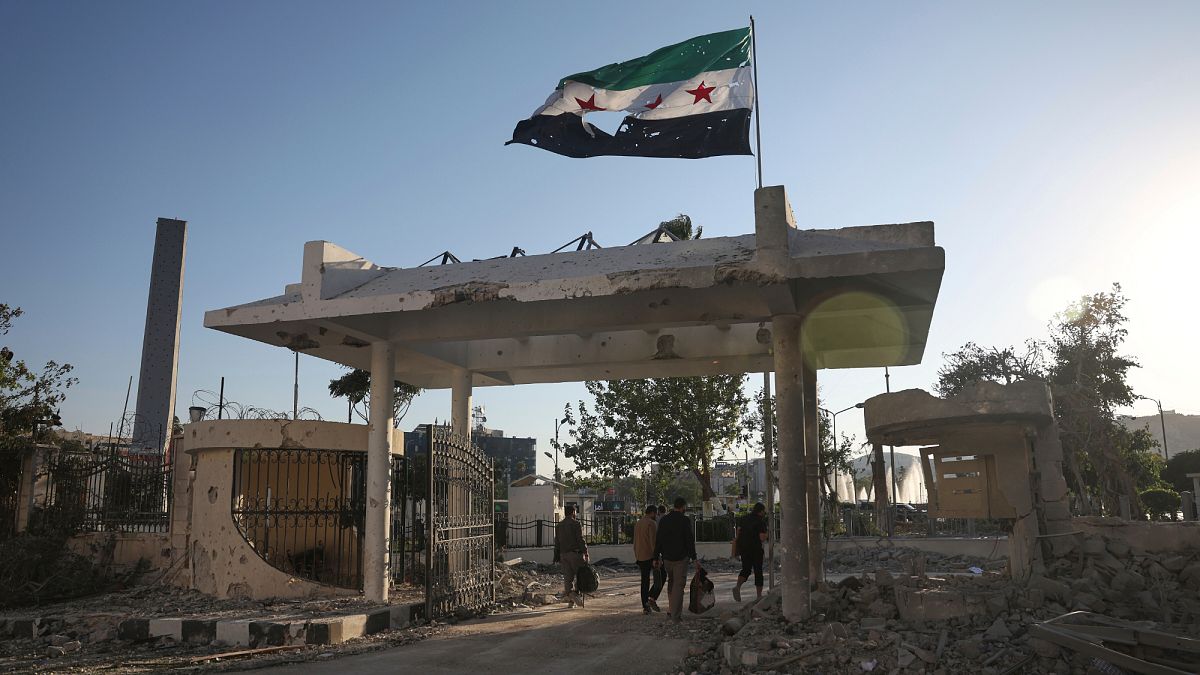





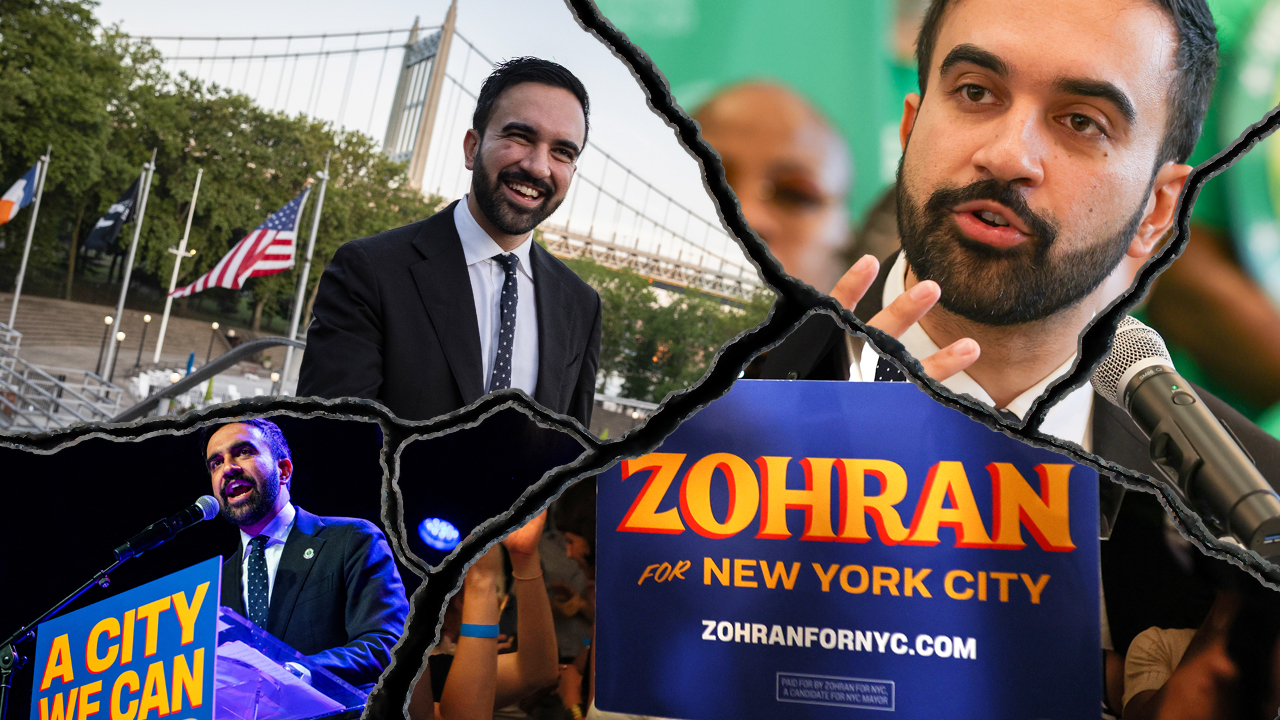

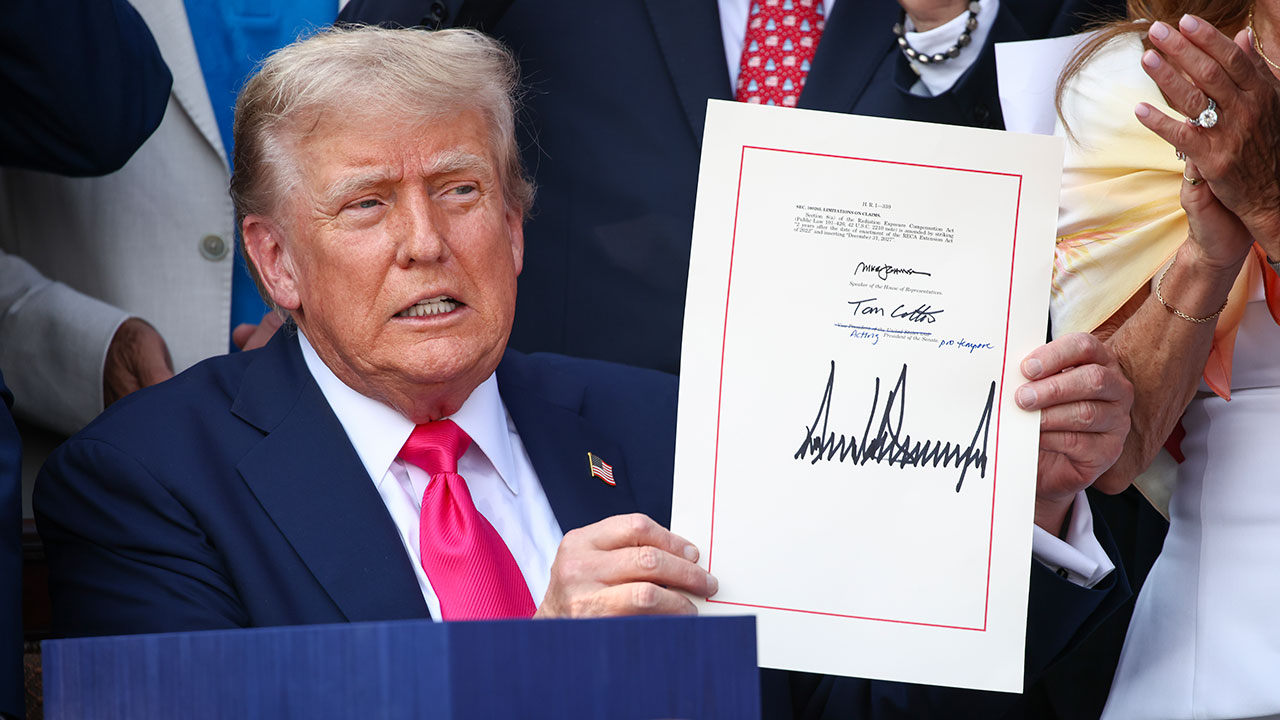



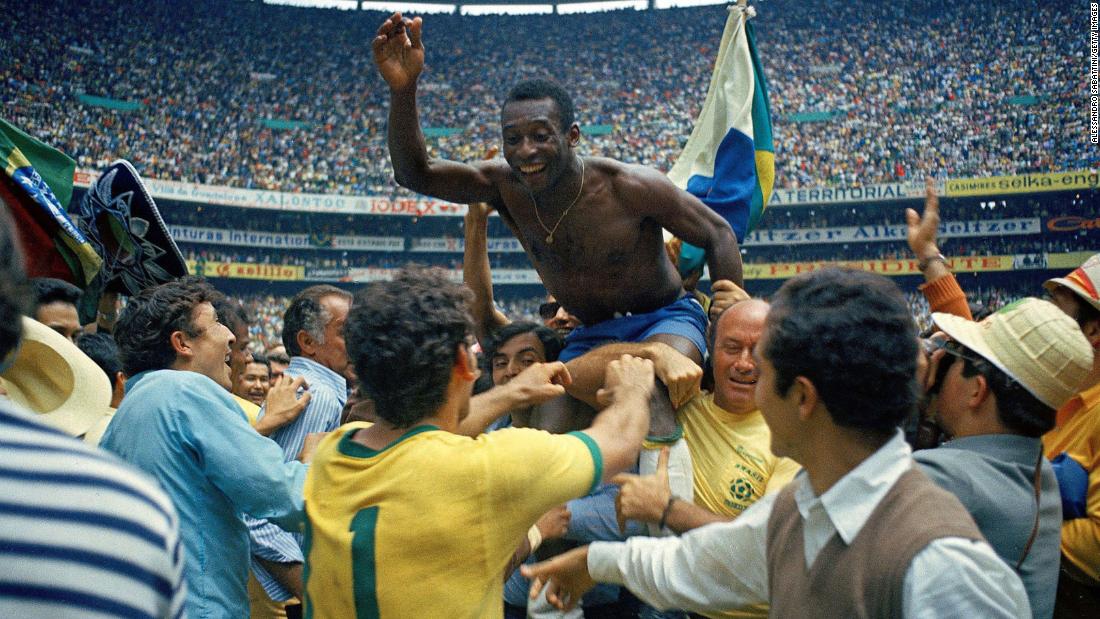
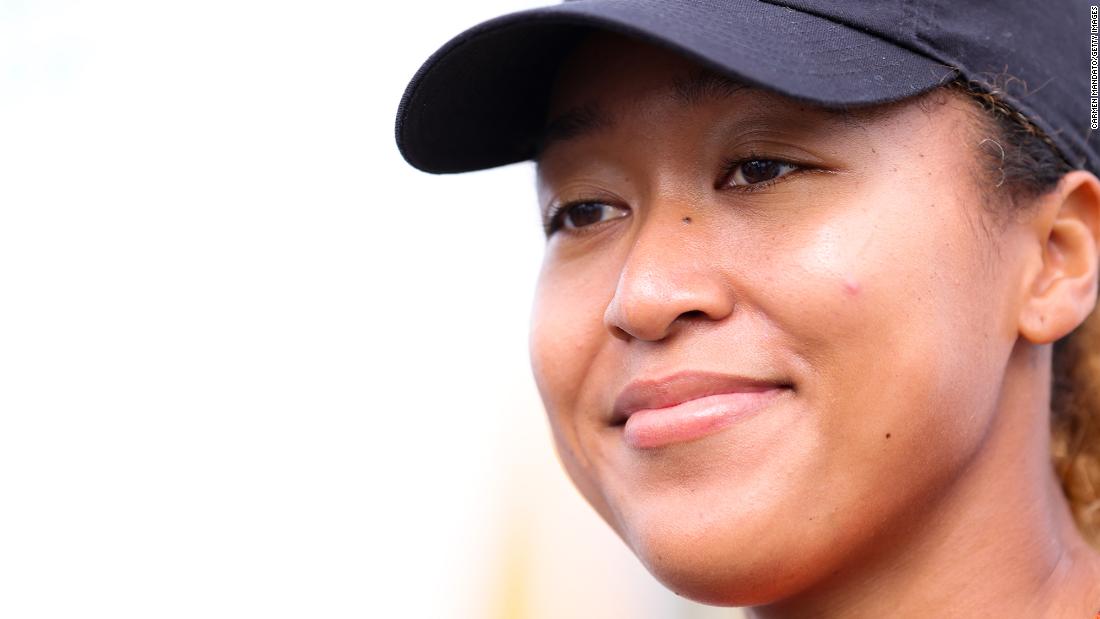
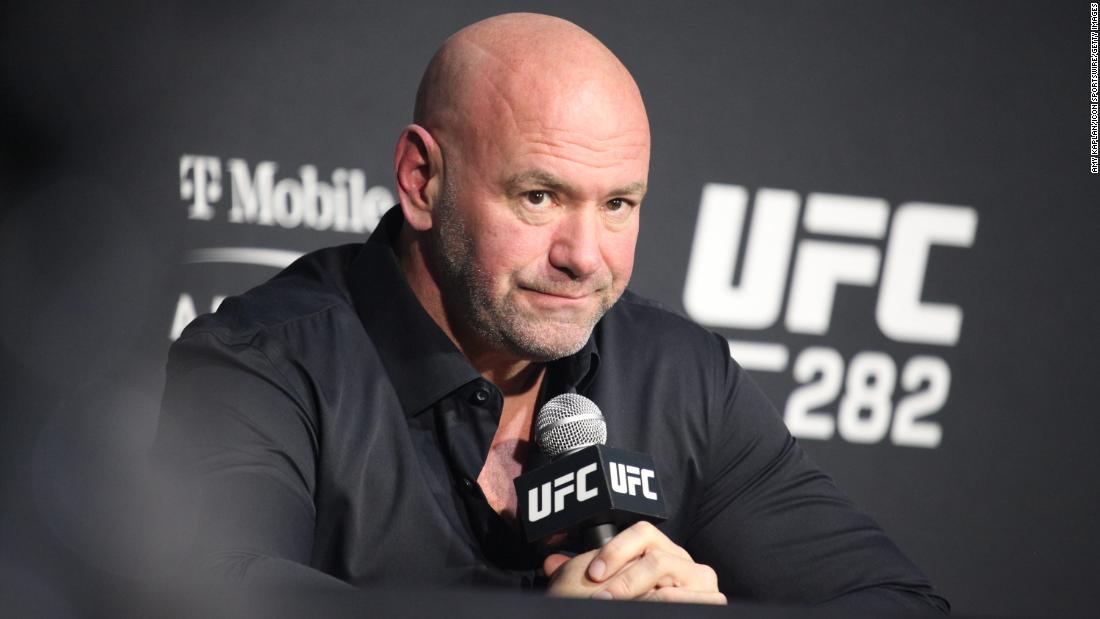
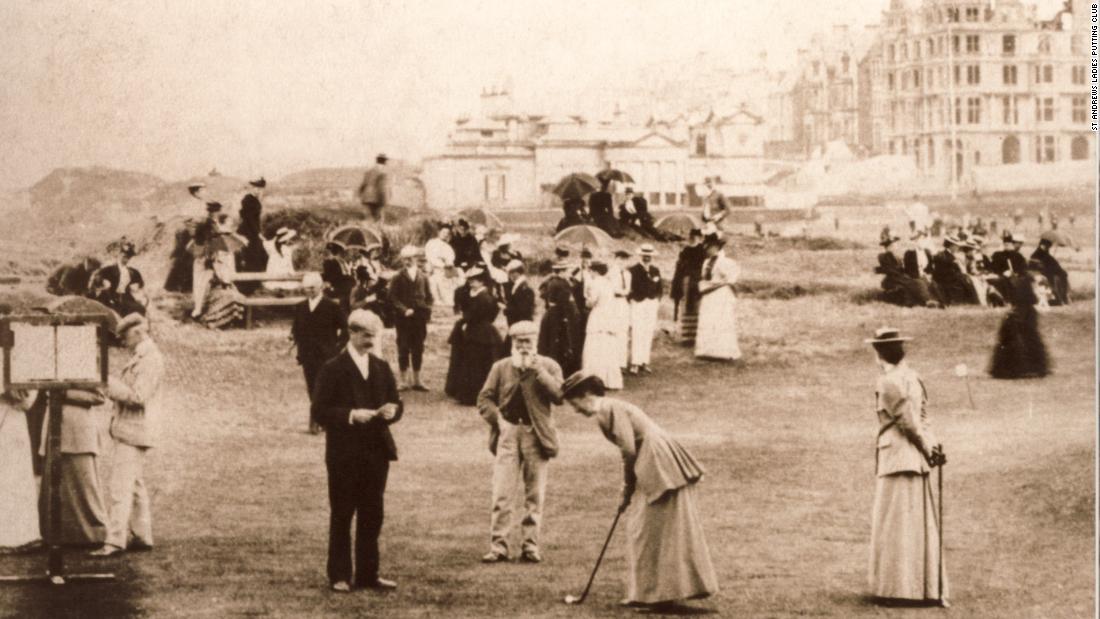
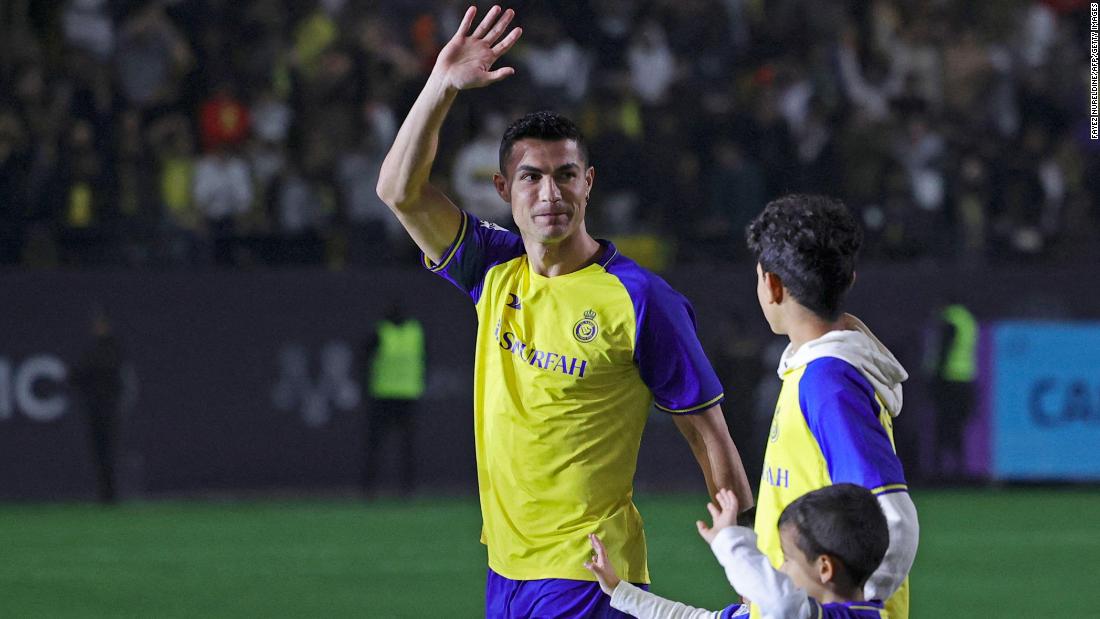
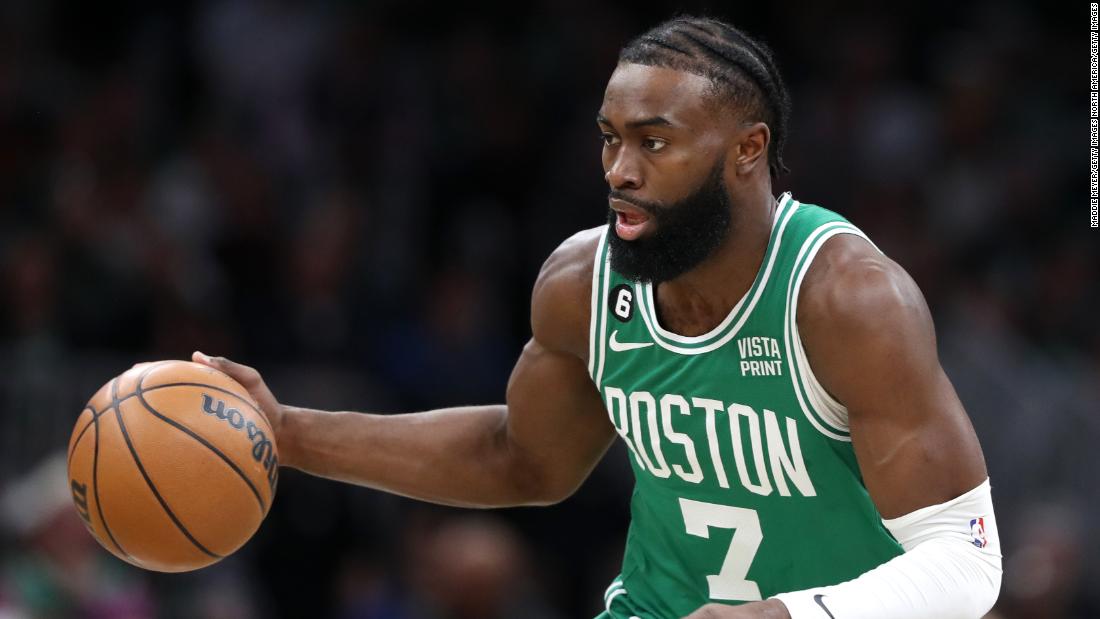


.png?Expires=1838763821&Key-Pair-Id=K2ZIVPTIP2VGHC&Signature=IO0~CT3pU-TcxGc~yoZSmoQx23MZVuK-~4jSii~NKEblRmyO3el7NXPu~Rh1o23voASg7hlcHLw4kvQuDK1jssEhcjoNBBvEpZ~GGOAU6yosBhpHpeF179F~h7i6VxmsBNh9gtTutkoqY73O2YCFey~IAqSzKbBqETP1kP9cAg1916Z1YkJJs-5MliMrkZ5d7-mWGLbpHp2wGj2VlMph8XzYlL4~y1O7fB~JdIS~Rs4RMRs2x0WT1qUIpHAsf3GdwtOyAmKFSpIg8xCyNGZZ5h~13nXlmpd7uPvW8tBfttpG9pFTqcway-uch5WyfHOEfi7UlJCOWrr6fCYY5PMgSg__)
